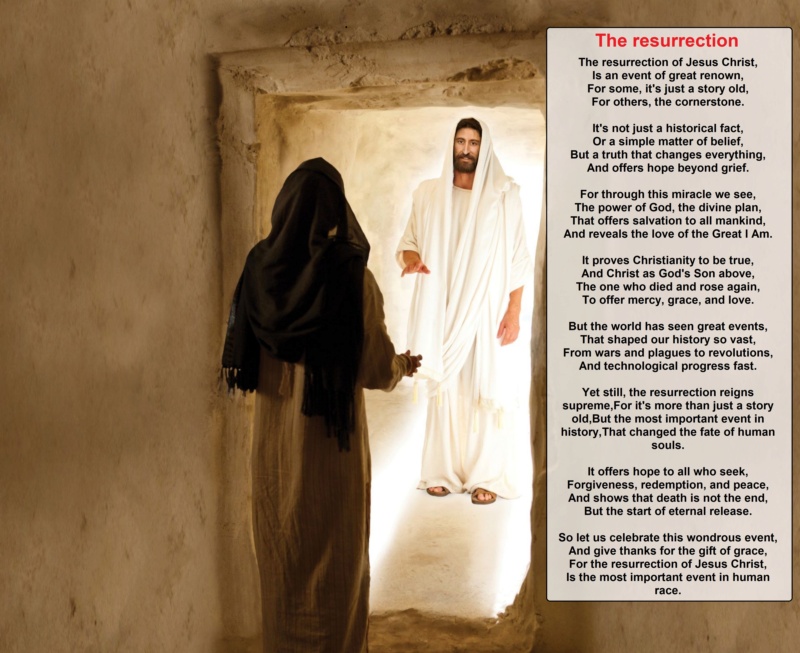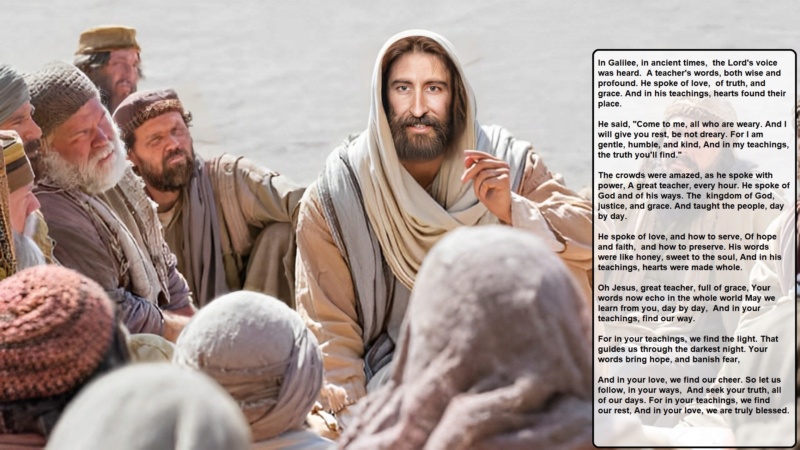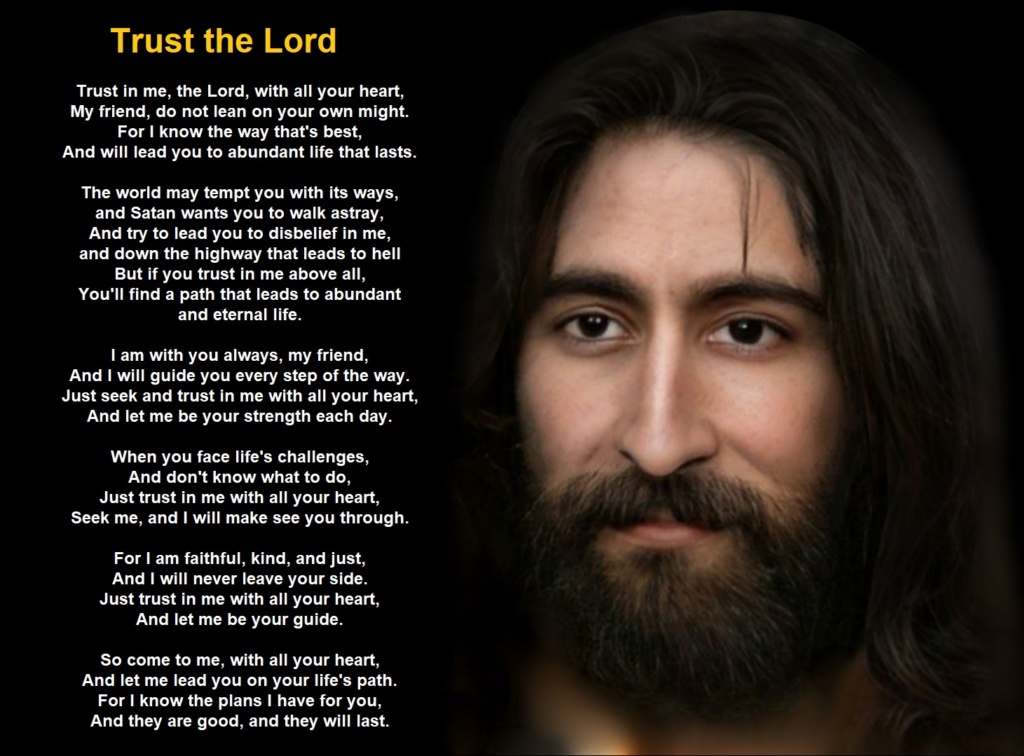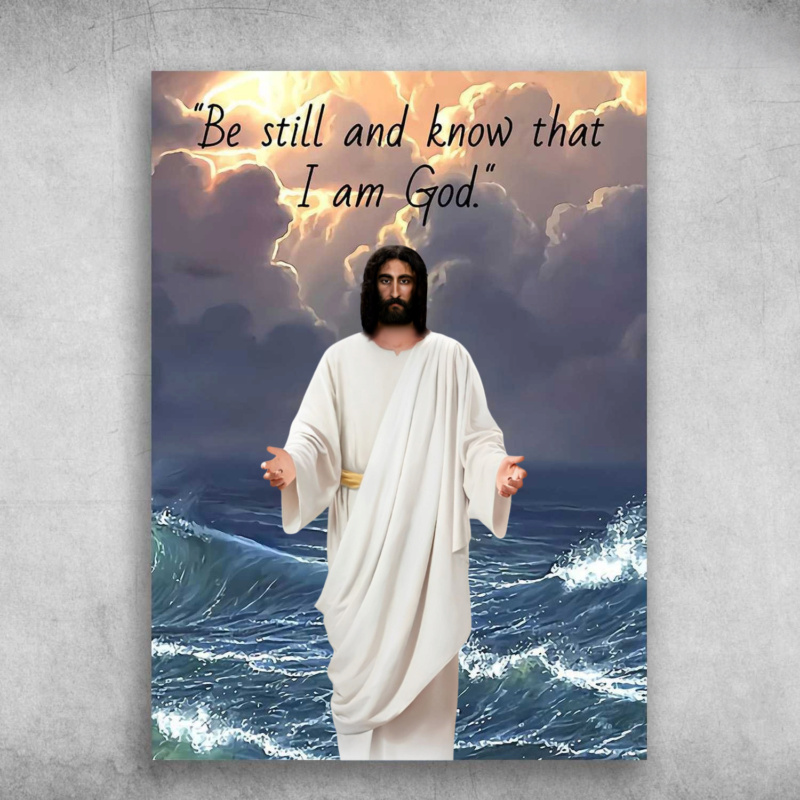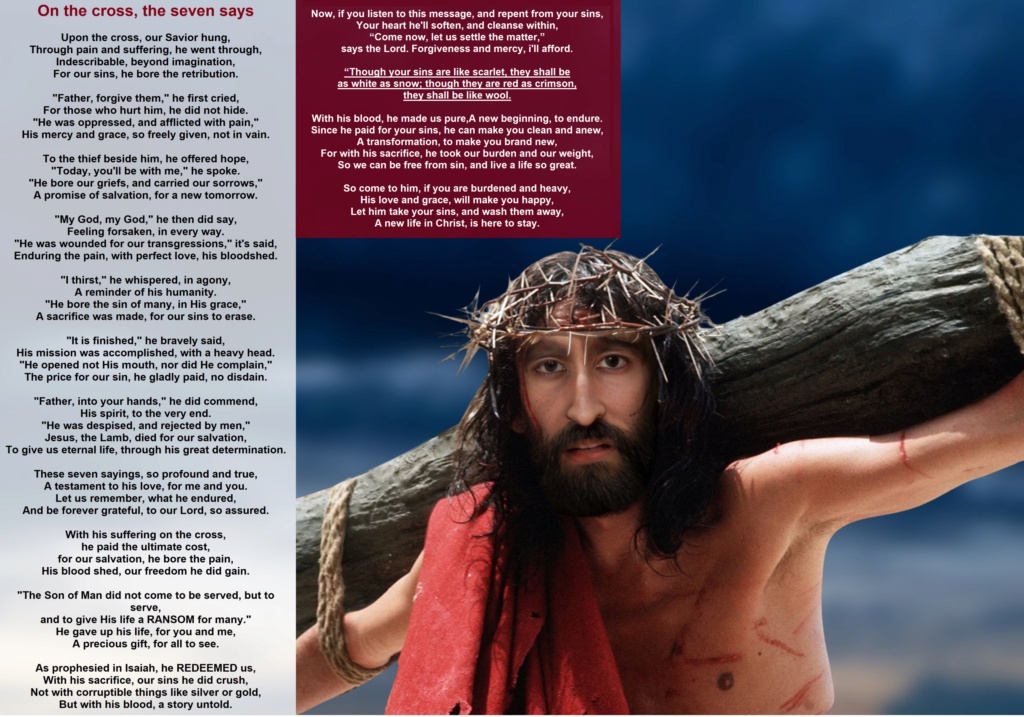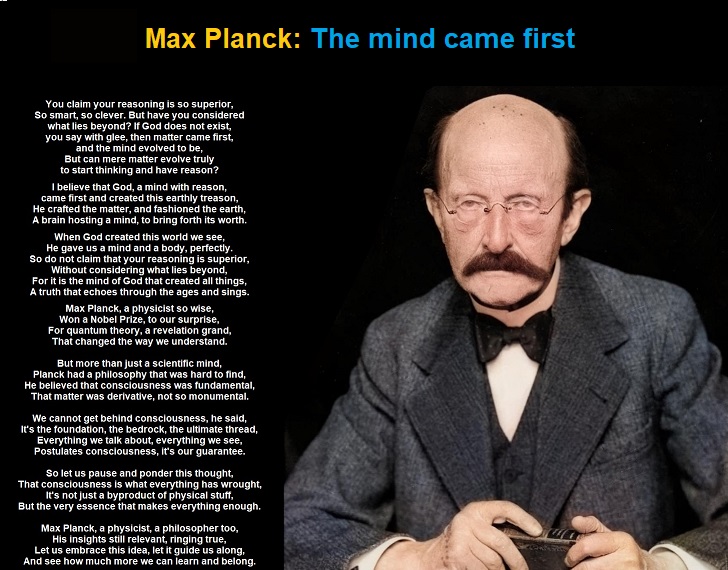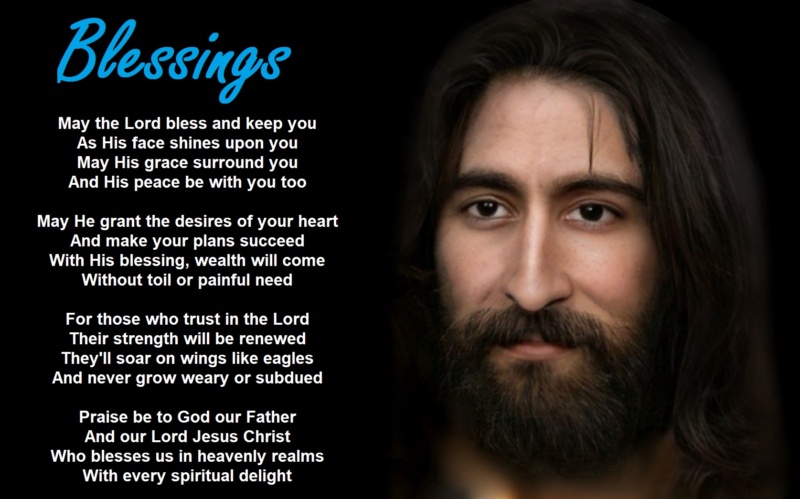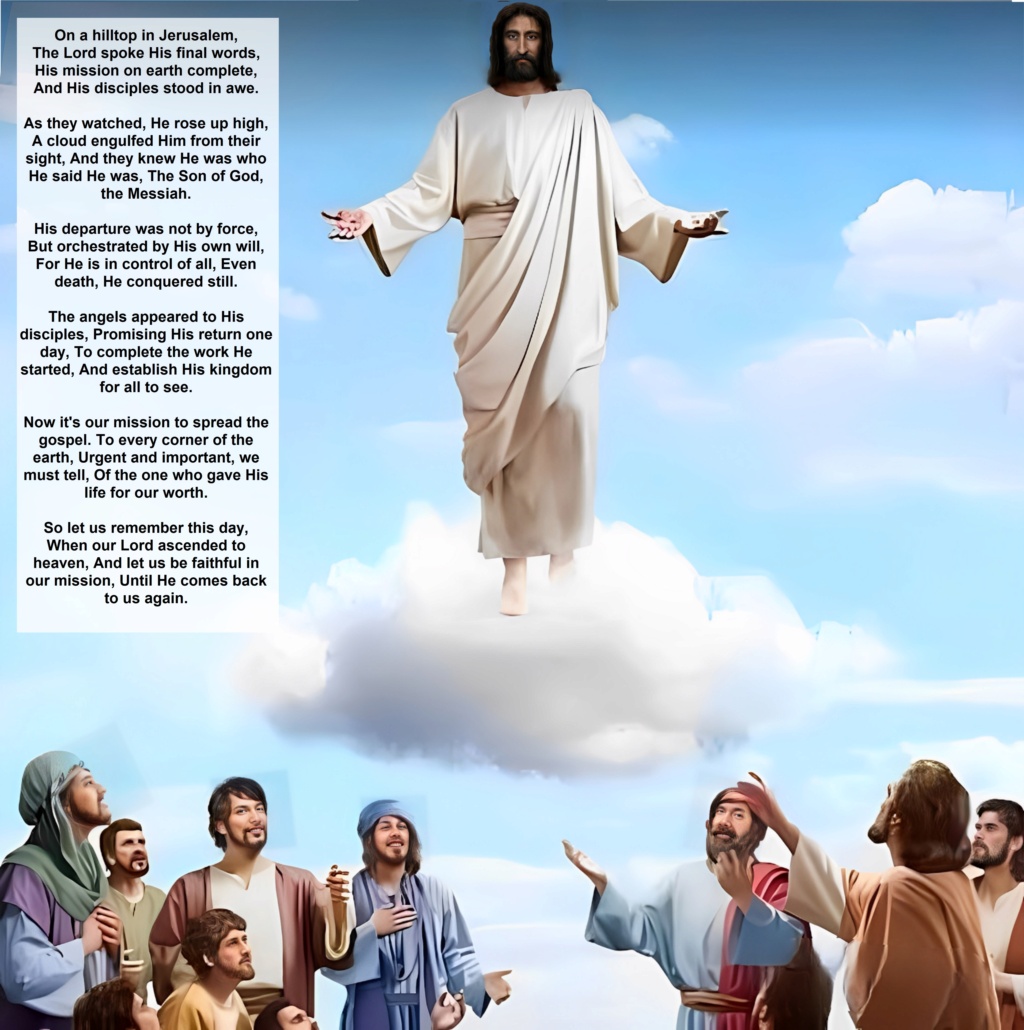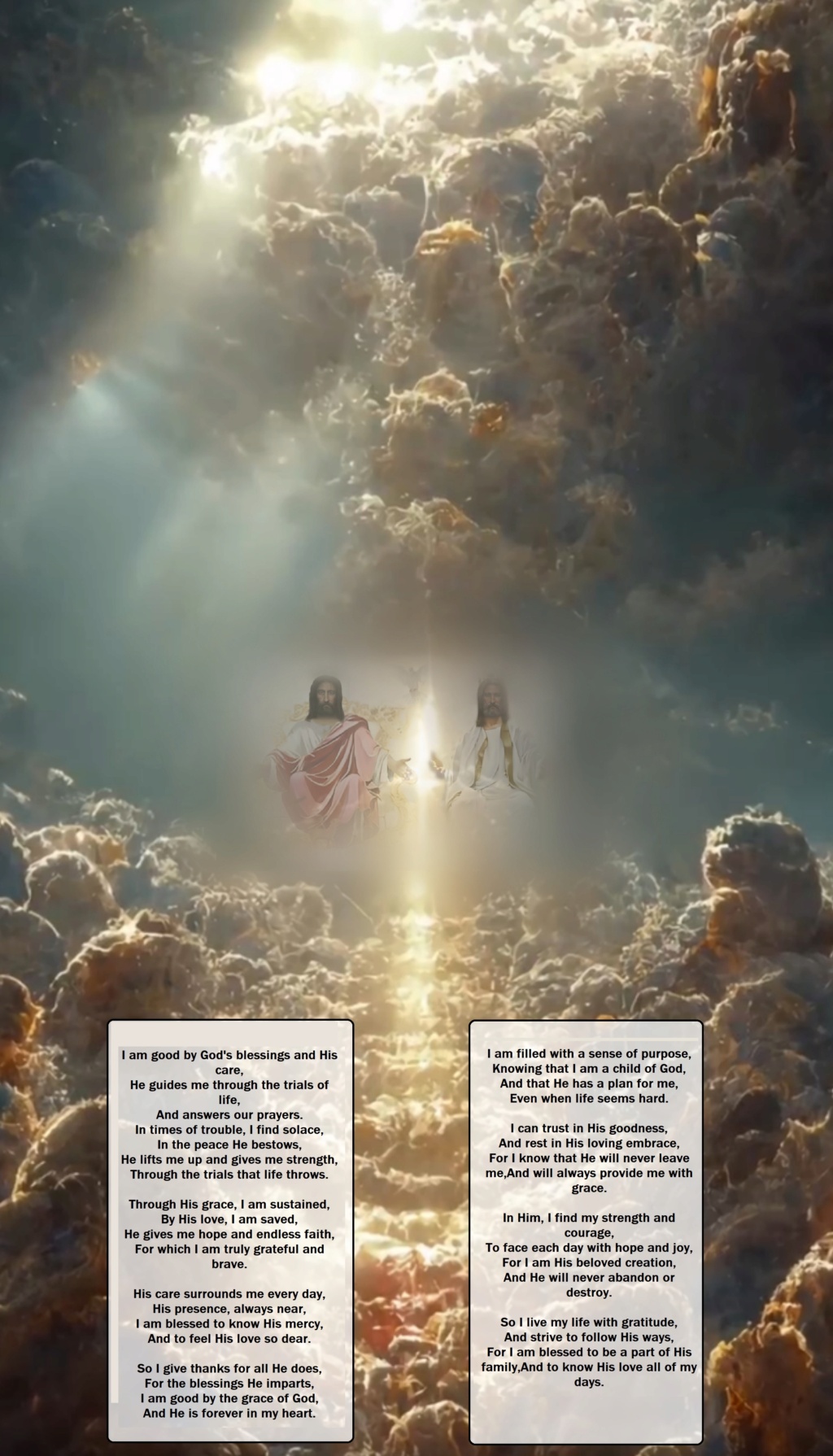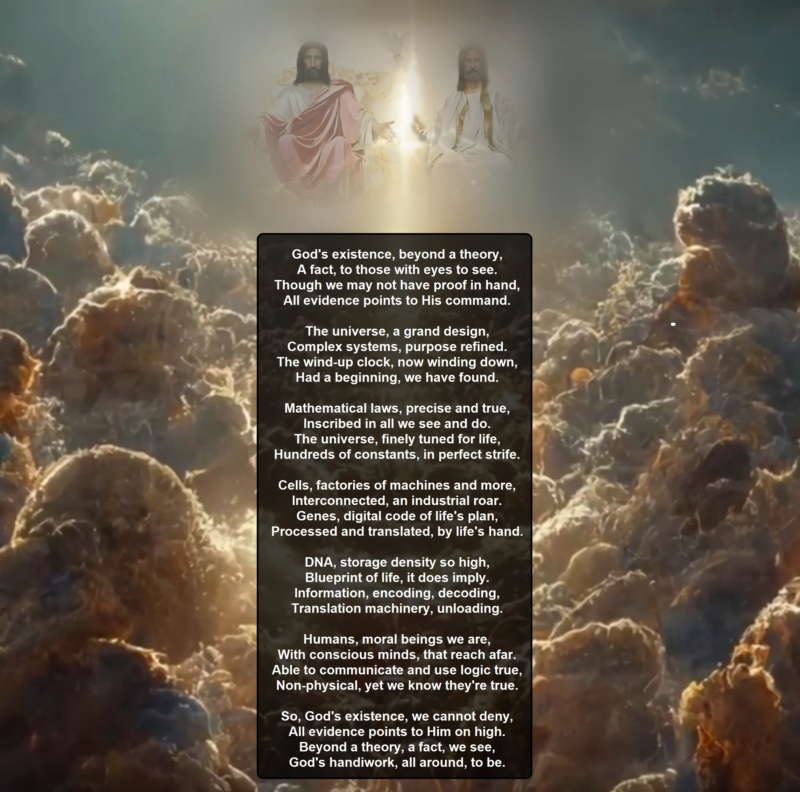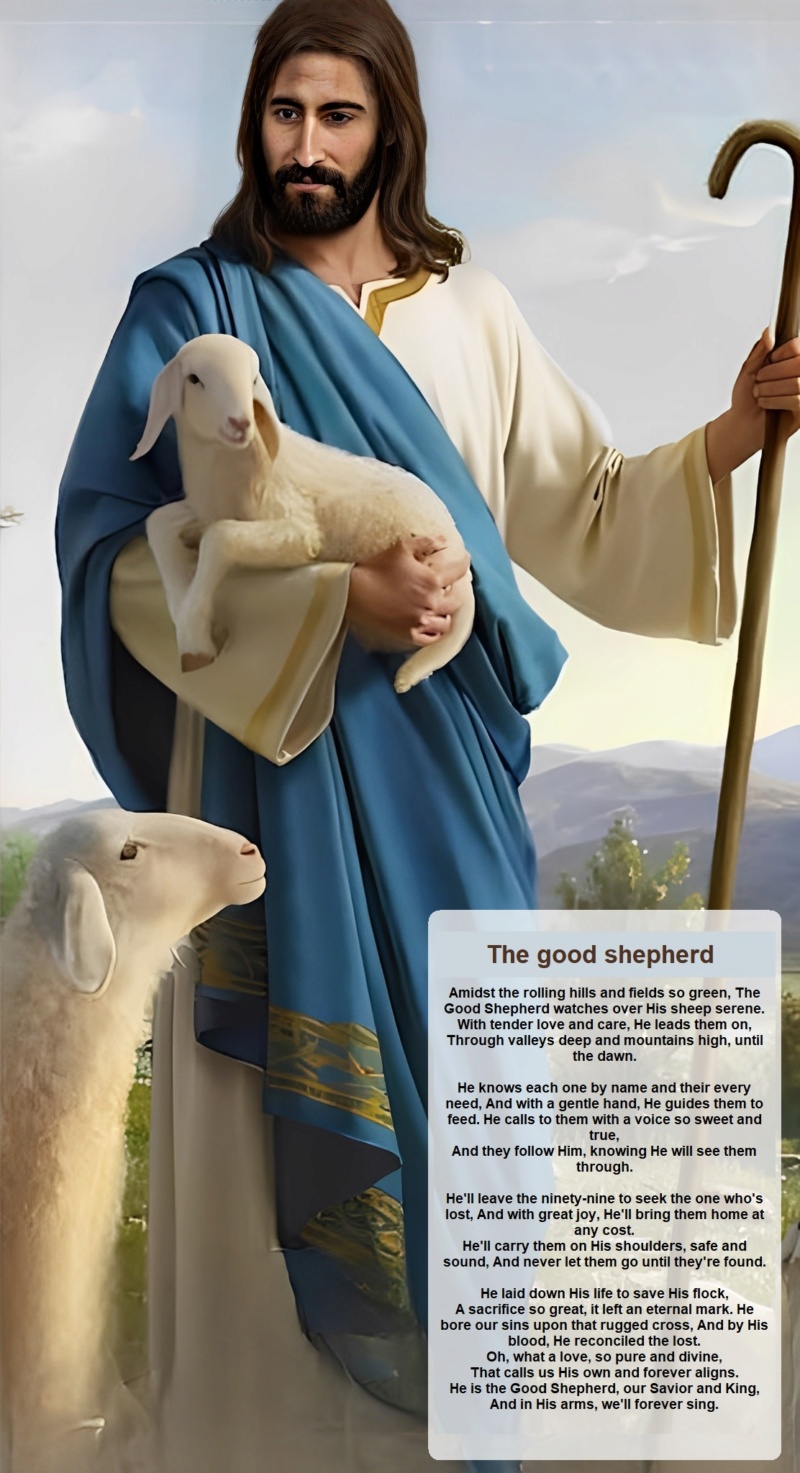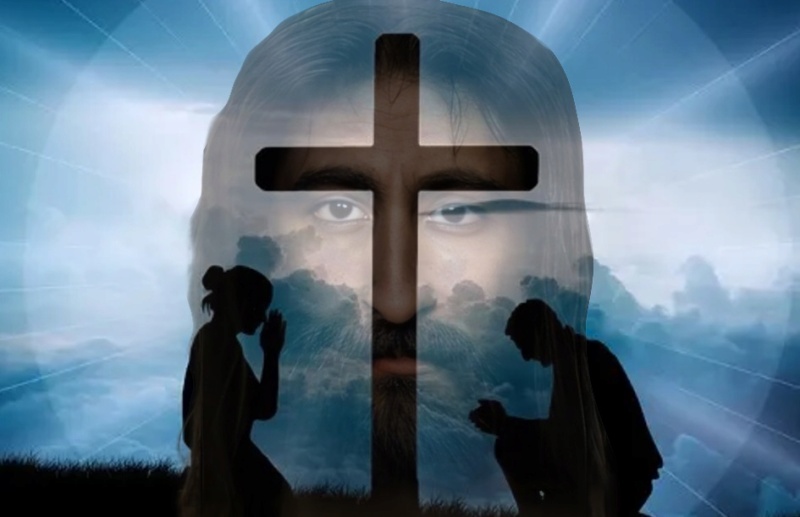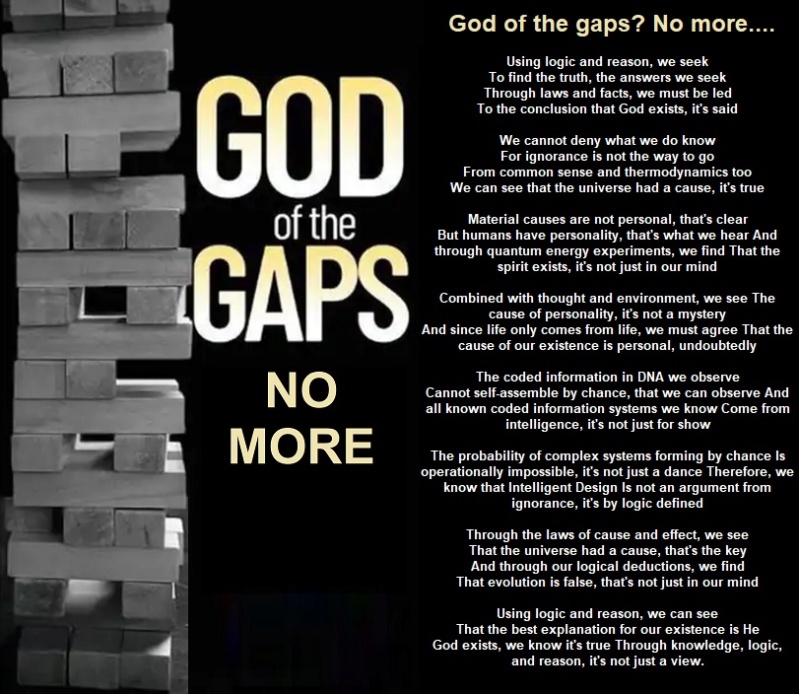A hymn, a praise song about the resurrection:Verse 1:
The resurrection of Jesus Christ,
A wondrous event of great renown,
For some it's just an olden tale,
For others, it's the cornerstone.
Chorus:
It's more than a simple matter of belief,
A truth that changes everything,
Offering hope beyond grief,
And grace that forever will sing.
Verse 2:
It proves Christianity to be true,
Christ as God's Son above,
The one who died and rose again,
Offering mercy, grace, and love.
Chorus:
It's more than a simple matter of belief,
A truth that changes everything,
Offering hope beyond grief,
And grace that forever will sing.
Verse 3:
The world has seen great events,
That shaped history so vast,
From wars and plagues to revolutions,
And technological progress so fast.
Chorus:
But it reigns supreme, the resurrection,
More than just a story old,
The most important event in history,
That changed human souls untold.
Verse 4:
It offers hope to all who seek,
Forgiveness, redemption, and peace,
Showing death's not the final end,
But the start of eternal release.
Chorus:
It's more than a simple matter of belief,
A truth that changes everything,
Offering hope beyond grief,
And grace that forever will sing.
Verse 5:
So let us celebrate this wondrous event,
And give thanks for the gift of grace,
For the resurrection of Jesus Christ,
Is the most important event in the human race.
Chorus:
It's more than a simple matter of belief,
A truth that changes everything,
Offering hope beyond grief,
And grace that forever will sing.
A poem: The resurrectionThe resurrection of Jesus Christ,
Is an event of great renown,
For some, it's just a story old,
For others, the cornerstone.
It's not just a historical fact,
Or a simple matter of belief,
But a truth that changes everything,
And offers hope beyond grief.
For through this miracle we see,
The power of God, the divine plan,
That offers salvation to all mankind,
And reveals the love of the Great I Am.
It proves Christianity to be true,
And Christ as God's Son above,
The one who died and rose again,
To offer mercy, grace, and love.
But the world has seen great events,
That shaped our history so vast,
From wars and plagues to revolutions,
And technological progress fast.
Yet still, the resurrection reigns supreme,
For it's more than just a story old,
But the most important event in history,
That changed the fate of human souls.
It offers hope to all who seek,
Forgiveness, redemption, and peace,
And shows that death is not the end,
But the start of eternal release.
So let us celebrate this wondrous event,
And give thanks for the gift of grace,
For the resurrection of Jesus Christ,
Is the most important event in human race.
A few verses in the Bible that mention the resurrection: "He is not here; he has risen, just as he said. Come and see the place where he lay." - Matthew 28:6
"For what I received I passed on to you as of first importance: that Christ died for our sins according to the Scriptures, that he was buried, that he was raised on the third day according to the Scriptures" - 1 Corinthians 15:3-4
"And if Christ has not been raised, our preaching is useless and so is your faith." - 1 Corinthians 15:14
"He was delivered over to death for our sins and was raised to life for our justification." - Romans 4:25
"Praise be to the God and Father of our Lord Jesus Christ! In his great mercy he has given us new birth into a living hope through the resurrection of Jesus Christ from the dead" - 1 Peter 1:3
A commentary: These verses from the Bible are powerful testimonies to the reality and significance of the resurrection of Jesus Christ. They remind us that the resurrection is not just a historical fact or a religious belief, but a truth that changes everything.
Matthew 28:6, invites us to see the place where Jesus lay and witness the empty tomb, which testifies to the reality of his resurrection.
1 Corinthians 15:3-4, emphasizes the importance of the resurrection as the central message of Christianity. Without the resurrection, there would be no hope of salvation or forgiveness of sins.
1 Corinthians 15:14, highlights the crucial role of the resurrection in our faith. If Christ has not been raised, our faith is in vain, and our preaching is useless.
Romans 4:25, reminds us that the resurrection is not just an event in history, but a personal act of love towards each of us. Through Christ's death and resurrection, we are justified and made right with God.
1Peter 1:3 speaks of the hope and new life that the resurrection offers us. Through Christ's resurrection, we have been given new birth into a living hope, which sustains us even in the face of adversity.
These verses remind us of the tremendous significance of the resurrection of Jesus Christ, not only for our faith but for all of humanity.
Undesigned coincidences are details that are found in different accounts of the same event, which fit together like puzzle pieces and suggest the truthfulness and authenticity of the accounts. Here are some examples of undesigned coincidences between the verses that mention the resurrection:
Matthew 28:1-8 and John 20:1-10 both describe the discovery of the empty tomb by Mary Magdalene and other women. Matthew mentions that there was a great earthquake and an angel appeared, while John mentions that Mary saw that the stone had been removed from the tomb. These details fit together, as the earthquake could have caused the stone to roll away, and the appearance of the angel could have frightened the guards into leaving their post.
Mark 16:1-8 and Luke 24:1-12 both mention that the women who discovered the empty tomb went to tell the disciples, but the disciples did not believe them at first. Mark specifically mentions that Mary Magdalene told Peter and the other disciples, while Luke mentions that it was Mary Magdalene, Joanna, and Mary the mother of James who told the disciples. These details fit together, as it is plausible that Mary Magdalene was the first to tell Peter, and then the other women joined in later.
Luke 24:13-35 and John 20:11-18 both describe appearances of Jesus to his disciples after the resurrection. Luke mentions that two disciples were walking to Emmaus when Jesus appeared to them, while John mentions that Mary Magdalene saw Jesus outside the tomb. These details fit together, as it is possible that Mary Magdalene saw Jesus first, and then later the same day he appeared to the two disciples on the road to Emmaus.
These undesigned coincidences suggest that the accounts of the resurrection in the Bible are not the result of collusion or fabrication, but rather independent testimonies of a real event.
Contradictions in the resurrection accounts ? There are some apparent contradictions in the resurrection accounts, but they can be resolved by considering the full context and details of each account. Here are some examples:
Who went to the tomb first?
In Matthew 28:1, it says that Mary Magdalene and the other Mary went to the tomb first.
In Mark 16:1-2, it says that Mary Magdalene, Mary the mother of James, and Salome went to the tomb first.
In Luke 24:10, it says that Mary Magdalene, Joanna, Mary the mother of James, and other women went to the tomb first.
In John 20:1-2, it says that Mary Magdalene went to the tomb first.
The apparent contradiction can be resolved by considering that there were multiple women who went to the tomb, and different accounts may have focused on different individuals or groups. Mary Magdalene is mentioned in all four accounts as being present at the tomb, so it is likely that she was among the first to arrive.
How many angels were at the tomb?
In Matthew 28:2-7, it says that there was one angel at the tomb.
In Mark 16:5-6, it says that there was one young man at the tomb.
In Luke 24:4-5, it says that two men in clothes that gleamed like lightning stood beside the women at the tomb.
In John 20:11-12, it says that two angels were in the tomb.
The apparent contradiction can be resolved by considering that there may have been two angels, but one account may have focused on the main spokesperson or interacted more with the women. Alternatively, it is possible that there was one angel, and some accounts may have described him differently.
Where did Jesus first appear after the resurrection?
In Matthew 28:9-10, it says that Jesus first appeared to the women at the tomb.
In Mark 16:9-10, it says that Jesus first appeared to Mary Magdalene.
In Luke 24:13-31, it says that Jesus first appeared to two disciples on the road to Emmaus.
In John 20:14-18, it says that Jesus first appeared to Mary Magdalene.
The apparent contradiction can be resolved by considering that there may have been multiple appearances of Jesus, and different accounts may have focused on different individuals or groups. Mary Magdalene is mentioned in three out of four accounts as being the first to see Jesus after the resurrection, so it is likely that she was among the first to have a personal encounter with him. Additionally, it is possible that the two disciples on the road to Emmaus did not recognize Jesus at first, so they may not have fully realized they were in his presence until later.
Is there geological evidence that there was an earth quake on the day of crucifixion, and resurrection ? From my book: Confirming Yeshua:
Geological evidence corroborating the earth quake mentioned during Jesus crucifixionThe Bible mentions an earthquake that occurred at the time of Jesus' crucifixion. All four gospels and Tacitus in Annals (XV,44) agree that the crucifixion occurred when Pontius Pilate was procurator of Judea from 26-36 AD.All four gospels say the crucifixion occurred on a Friday.All four gospels agree that Jesus died a few hours before the beginning of the Jewish Sabbath (nightfall on a Friday).The synoptic gospels (Matthew, Mark, and Luke) indicate that Jesus died before nightfall on the 14th day of Nisan; right before the start of the Passover meal. 4In the New Testament, Matthew 27:51-54 describes the event as follows:"Then, behold, the veil of the temple was torn in two from top to bottom; and the earth quaked, and the rocks were split, and the graves were opened; and many bodies of the saints who had fallen asleep were raised; and coming out of the graves after His resurrection, they went into the holy city and appeared to many. So when the centurion and those with him, who were guarding Jesus, saw the earthquake and the things that had happened, they feared greatly, saying, 'Truly this was the Son of God!'"The other three Gospels, Mark, Luke, and John, also mention the earthquake, but with varying degrees of detail.According to historical and archaeological evidence, there were indeed two earthquakes in Jerusalem in 33 A.D. as described in the synoptic Gospels of Matthew and Luke. These earthquakes are believed to have occurred in the week of the crucifixion and resurrection of Jesus. The first earthquake, which occurred on April 3, 33 A.D., is described in Matthew 27:51 as happening at the moment of Jesus' death on the cross. The earthquake is said to have been strong enough to split rocks and open tombs. This earthquake is believed to have been the result of the Dead Sea Fault, which runs through the region. The second earthquake, which occurred on April 5, 33 A.D., is described in Matthew 28:2 as happening at the moment of Jesus' resurrection. This earthquake is believed to have been smaller in magnitude than the first one. Archaeological evidence supports the occurrence of these earthquakes. For example, there is evidence of earthquake damage in the Western Wall of the Temple Mount in Jerusalem, where the metal doors and the curtain in front of them were damaged, likely by the displacement of the lintel during the earthquake. The occurrence of these earthquakes provides historical context and confirms the accounts of the crucifixion and resurrection of Jesus in the synoptic Gospels.J. B. Williams (2011): We have tabulated a varved chronology from a core from Ein Gedi on the western shore of the Dead Sea between deformed sediments due to a widespread earthquake in 31 BC and deformed sediments due to an early first-century earthquake. The early first-century seismic event has been tentatively assigned a date of 31 AD with an accuracy of ±5 years. Plausible candidates include the earthquake reported in the Gospel of Matthew, an earthquake that occurred sometime before or after the crucifixion and was in effect ‘borrowed’ by the author of the Gospel of Matthew, and a local earthquake between 26 and 36 AD that was sufficiently energetic to deform the sediments at Ein Gedi but not energetic enough to produce a still extant and extra-biblical historical record. 6AUSTIN, Steven A., (2012): Matthew, the 1st-century synoptic Gospel author, reported two earthquakes in Jerusalem in 33 A.D. These are the Jerusalem earthquakes of April 3 at the crucifixion of Christ (Matt. 27:51), and April 5 at the resurrection of Christ (Matt. 28:2). Luke, a first-century physician and historian, reported a smaller earthquake in the summer at the gathered assembly (Acts 4:31). The persistent 33 A.D. seismite indicates the biggest 33 A.D. earthquake was M~6.0. This biggest earthquake was likely April 3, 33 A.D. which startled city residents and caused moderate damage, especially to the western side of Temple Mount. Pivots of two, 20-m-high, metal doors of the Temple appear to have been damaged, and the 20-m-high curtain in front of the doors was torn, likely by displacement of the lintel of the Temple during the earthquake. 2E. WRENN (2012): Geologist Jefferson Williams of Supersonic Geophysical, and colleagues from the German Research Center for Geosciences, studied soil samples from the beach of Ein Gedi Spa, next to the Dead Sea. Researching the deeper layers of the soil, two earthquakes were detected by looking at the layers of built-up sediment, called varves, which built up each year. A widespread earthquake is known to have happened in 31BC, and another one was detected which must have occured between 26AD and 36AD. The researchers said that these clues, combined with the Jewish calendar and astronomy clues, indicate that Friday April 3, 33 AD is the best possible match. 5NOAA: Researchers can only narrow the possible years down to AD 33 and 34, the former being more probable (Pratt 1991; Firpo 1989).These earthquakes are mentioned only by one Evangelist and by chroniclers who used St Matthew as their sole source. [...] probably recorded these events because he had Amos's earthquake in mind. It would also be consistent with St Matthew's style for these two earthquakes to be in fact two accounts of the same event from different witnesses, both included for their theological significance [12, 13].Later writers seem to opt for the Crucifixion earthquakes in order to symbolise the cosmic proportions of Christ's death, but they link these events, which occurred in Jerusalem, to an earthquake and eclipse of the Sun that, in fact, occurred a year earlier in Ol.202/Tib.18 (AD 32-33), not in Jerusalem but in Nicaea in Bithynia (Oppolzer 1962). The earthquake in Nicaea is also mentioned by St Jerome, who, however, does not mention Jerusalem. Eusebius does not mention the solar eclipse, but he does notice, in passing, the earthquake at Christ's crucifixion, which he dates to the 19th year of Tiberius (33 AD). The account of Orosius (early fifth century), who also does not mention Jerusalem, is very similar to Eusebius's [16], adding only that Emperor Tiberius exempted the damaged cities in Bithynia in Asia Minor from tribute and gave generous donations towards repairs